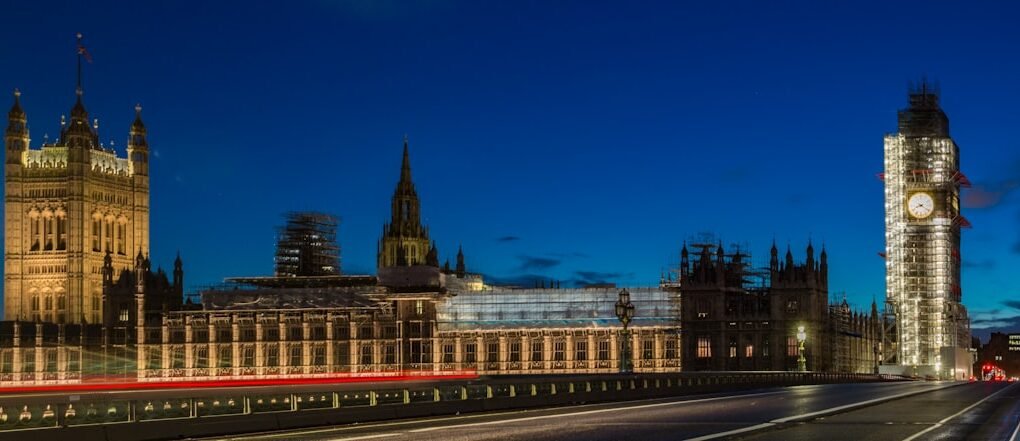
The majestic spires and lasting charm of castles have sparked fascination across generations for centuries. Yet, in today’s fast-paced world, is acquiring one in the United Kingdom more than just a whimsical fantasy? This article delves into the world of castle ownership, exploring its timeless draw, the specific hurdles involved, and the profound ways these historic estates shape property valuation. With over 1,500 castles scattered across the UK, from ancient ruins to restored marvels, they represent a blend of cultural heritage and potential investment opportunities.
The Allure of Castle Ownership
Picture starting your day surrounded by the solid embrace of age-old stone structures, with vast landscapes of manicured gardens and undulating countryside unfolding outside your windows. Owning a castle offers a rare chance to claim a slice of history and indulge in the opulence of earlier times. However, the appeal goes deeper than architecture alone, inviting a lifestyle defined by exclusivity and adventure.
Living in a castle merges age-old customs with contemporary ease, featuring lavish interiors rich in authentic details that bridge eras. These expansive properties, often including lush grounds, forests, and tranquil water features, elevate daily routines into something extraordinary. For instance, many UK castles boast features like grand ballrooms or hidden passages, adding layers of intrigue to everyday life and drawing in history enthusiasts from around the globe.
Ultimately, the fascination with castles stems from their ability to deliver an elevated existence, combining aesthetic beauty with a sense of legacy that few other homes can match.
A Look Back Through Time
Every castle serves as a living archive, bearing testimony to eras like the turbulent medieval period, with remnants of conflicts and the presence of past monarchs etched into their walls. Some reflect the refined elegance of Georgian or Victorian periods, where luxury intertwined with technological progress.
Taking ownership means becoming a steward of this rich timeline, enjoying modern upgrades while preserving its legacy. Imagine walking corridors once trod by armored warriors or hosting gatherings in rooms that hosted nobility—each castle acts as a preserved relic, holding stories from hundreds of years. In the UK, properties like Windsor Castle highlight how these sites continue to evolve, with owners adding their own legacy to an ongoing saga that spans centuries.
In this balance, castles have adapted to modern needs through thoughtful updates, such as integrating energy-efficient systems alongside original features. This fusion of heritage and innovation underscores why these estates remain desirable, with data from the UK National Trust showing that restored castles often see a 20-30% increase in visitor interest and property value.
The Hurdles of Owning a Castle
Though the notion of castle life evokes romance, it brings practical difficulties that can’t be ignored. Preserving and repairing these heritage sites demands significant effort, from safeguarding ancient masonry to modernizing utilities like plumbing and wiring. Prospective owners should anticipate ongoing dedication, as maintenance costs in the UK can exceed £50,000 annually for larger estates, according to recent heritage reports, to keep these icons in excellent shape.
Grasping Its Value
Castles go beyond standard real estate factors such as location or size, drawing value from their cultural and design significance. Their worth encompasses historical prestige and unique features, necessitating input from specialized appraisers. In the UK market, where castle prices range from £1 million for smaller ruins to over £10 million for fully restored ones, expert consultations are essential to navigate the financial complexities and ensure accurate assessments.
Modern Upgrades for Castle Life
Today’s castle owners frequently invest in contemporary enhancements to make these historic dwellings suitable for modern living. Updates might involve adding efficient heating, redesigning kitchens with state-of-the-art appliances, or bolstering security measures. These improvements not only boost daily comfort but also elevate the property’s appeal in the market, with studies indicating that such renovations can raise a castle’s resale value by up to 15% in competitive regions.
Business Opportunities
Many owners transform their castles into multifaceted assets, serving as both homes and revenue generators. These sites often host weddings, corporate events, or film shoots, turning historical charm into a profitable venture. For example, events at UK castles can generate tens of thousands in annual income, helping to offset upkeep expenses and positively influencing the overall property assessment through diversified use.
Castle Life: An Unmatched Adventure
Owning a castle represents far more than a financial decision—it’s about embracing a distinctive way of life that connects you to the past. This experience involves uncovering layers of history and adding your own story to these iconic structures, creating a personal bond with time itself.
Residing in a castle heightens your awareness of its authentic splendor, where weathered stones recount tales of bravery and mystery, and expansive grounds mark the passage of seasons. Spaces once reserved for kings and elites now offer a canvas for your own expressions, blending personal flair with centuries of tradition and fostering a sense of continuity.
Final Reflections
Castle ownership delivers a remarkable fusion of historical depth, lavish comfort, and an exceptional daily experience. Whether it’s the architectural wonders, the allure of a one-of-a-kind existence, or the role in safeguarding heritage that attracts you, stepping into this realm in the 21st century promises an unforgettable path. It’s an opportunity to craft your own legend, harmonizing timeless elements with today’s innovations in a truly grand environment.




